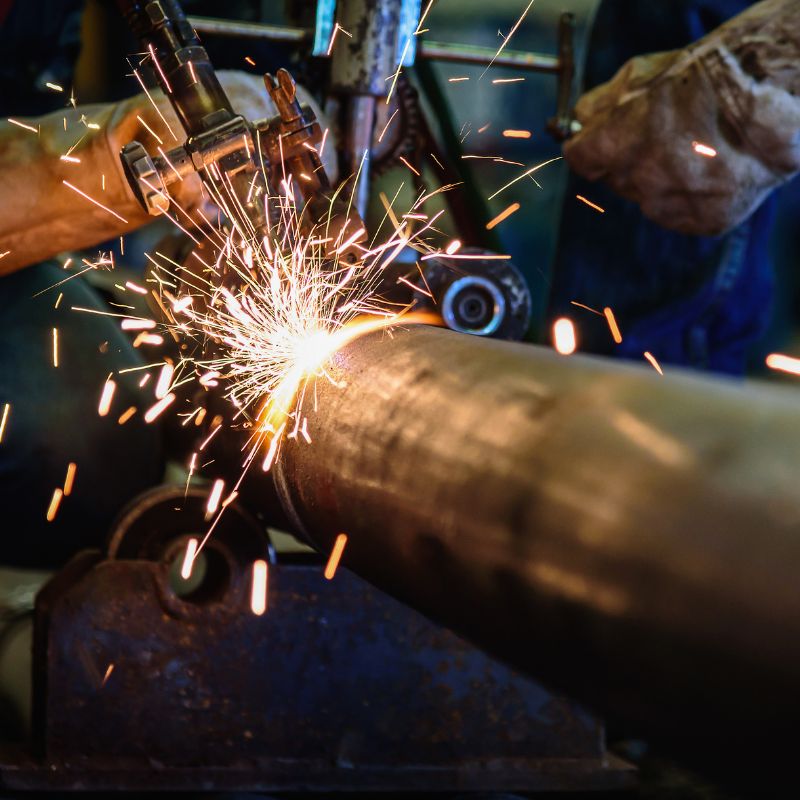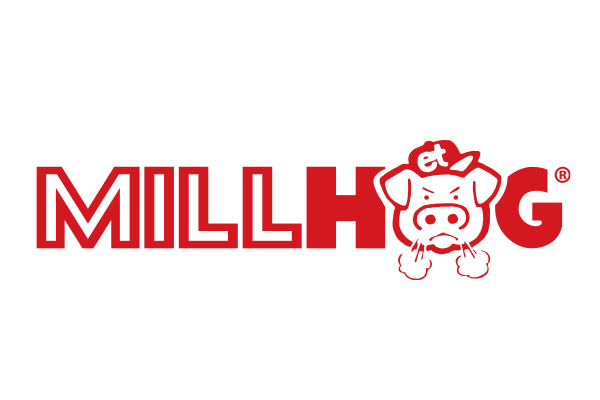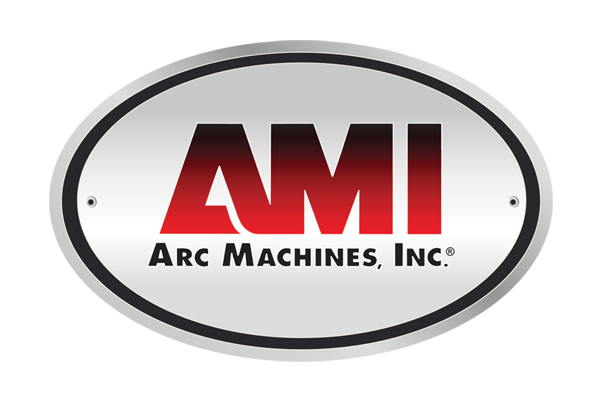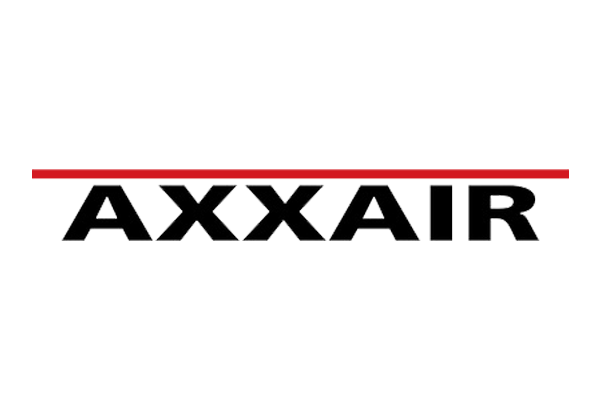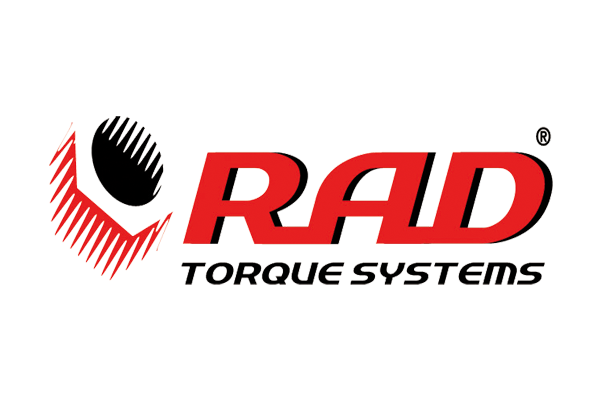The 4 Main Pipe Welding Positions Explained
If you’re new to welding, one thing you’ll need to learn how to do is read welding position codes. These codes usually have a number and a letter, and they tell the welder what kind of position to use for the weld. Since using the right kind of weld is vital to having a project turn out correctly, you’ll need to learn the most common positions. Here are the four main pipe welding positions explained.
How To Read Position Codes
When you receive instructions for a welding job, they will include a letter-number combination that tells you what kind of position to use. It’s important to note that these codes mean different things if you’re welding a flat piece of metal versus a pipe. For example, 1G means a flat groove weld if you’re joining two pieces of sheet metal, but it means something different for pipe welding, as you’ll see below.
1. Horizontal Rolled Welding—1G
If you see 1 in the position code, that means you’ll be performing the easiest kind of pipe weld: a horizontal rolled weld. In this kind of welding, you weld from above the pipe and rotate along the X-axis as you complete the weld. If the pipes are small, you can rotate them yourself. For bigger pipe spools, you’ll need to use equipment to rotate the pipe.
2. Vertical Pipe Welding—2G
Vertical welds are a little more difficult to do than horizontal ones since you’ll be welding from the side of the workpiece instead of directly above it. You may even have to physically move around the pipe in order to complete the weld, which can distract you from your focus. If you’re working on a vertical weld, make sure you clear the area around you first.
3. Horizontal Fixed Welding—5G
Another main pipe welding position is the horizontal fixed weld, which is pretty much the same as a 1G weld. The main difference is—you guessed it—that the pipe doesn’t move. Instead, the welder will need to move around the pipe to complete the weld, which can be tricky to accomplish.
4. Inclined Position—6G
The hardest kind of pipe spool welding is inclined position. Typically, you will lift one end of the pipe so that it forms a 45-degree angle with the ground. Since the pipe doesn’t move, it’s up to the welder to figure out how to work at such an odd angle.
Make Pipe Welding Easy
Pipe welding can get tricky when you’re unable to rotate the pipe. Check out automated pipe spool welding machines from SEC Industrial that make difficult welds much easier to accomplish. Contact us today for more information.
